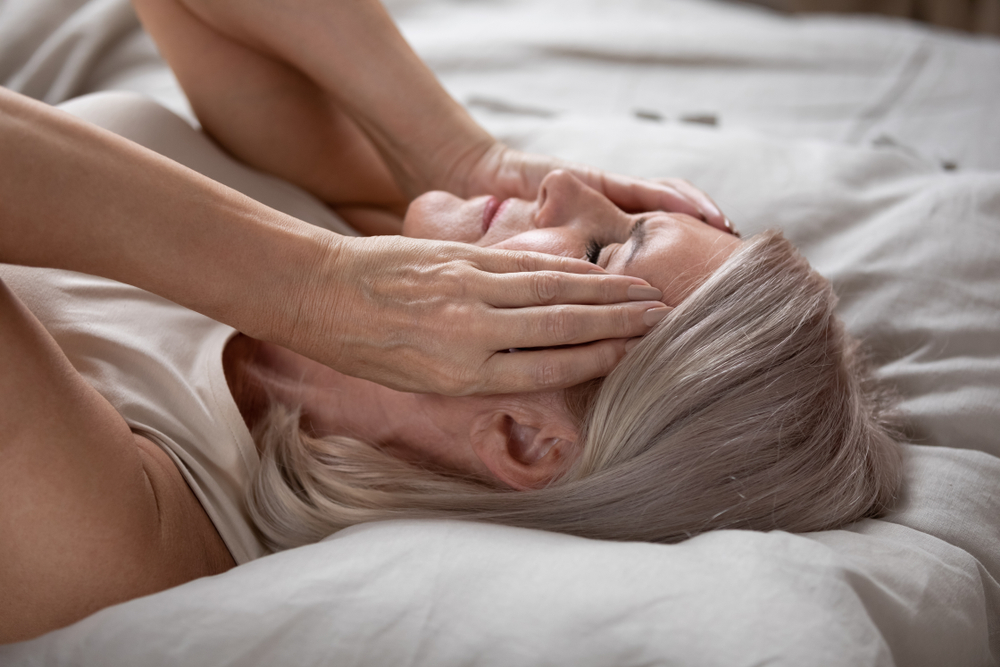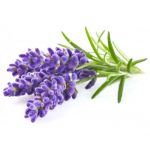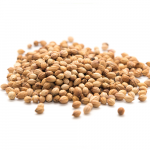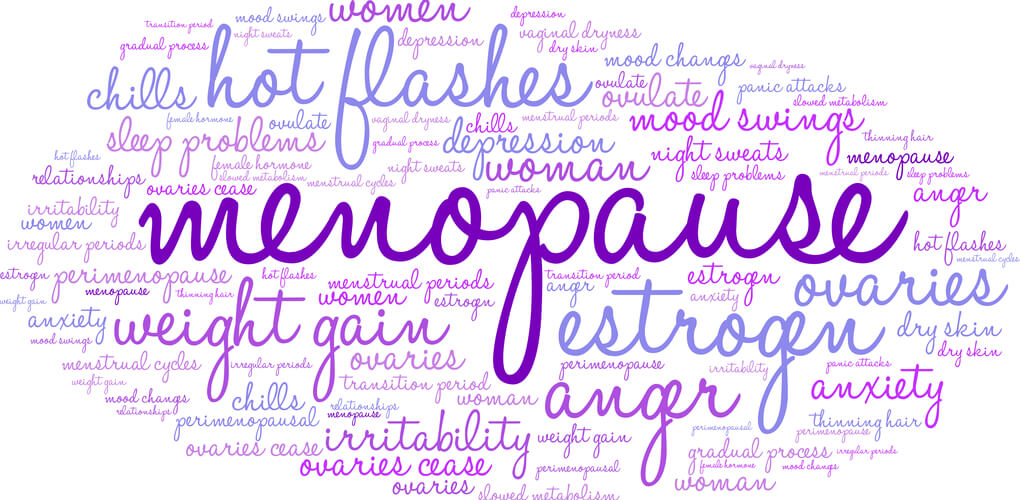Hot flashes steal the spotlight. But for me the worst part of entering menopause was the lack of sleep.
Getting older makes sleeping through the night enough of a challenge. As we age, our melatonin (sleep hormone) levels plummet.
Throw in the hormone-altering effects of menopause and of course I was a trainwreck — until I discovered this all-natural solution that helps balance my hormones, realxes my nerves and soothes me in to a deep, uninterrupted sleep every night.
1 Out Of Every 4 Menopausal Women Experience Severe Sleep Troubles
According to the journal, Nature and Science of Sleep, many women experience sleep difficulties as they approach menopause and beyond.
For 26% of the over 3,000 women analyzed in one study, their daytime functioning was so severely impacted, it qualified them as officially diagnosed insomniacs.1
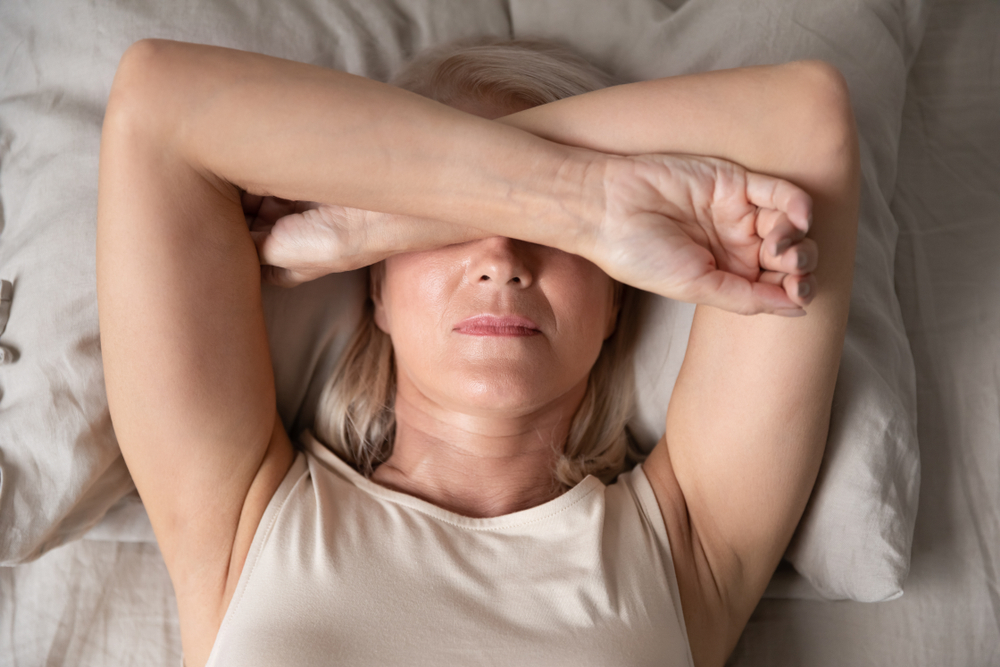 If you want to gamble that you won’t be a 1 in 4 statistic, think again. Nearly two out of every three women transitioning into menopause and postmenopause are more likely to report sleep difficulties. And if you’re perimenopausal, your risk for sleeping terribly for several years is just as great.
If you want to gamble that you won’t be a 1 in 4 statistic, think again. Nearly two out of every three women transitioning into menopause and postmenopause are more likely to report sleep difficulties. And if you’re perimenopausal, your risk for sleeping terribly for several years is just as great.
The median age for entering menopause is 51. But the transition can last up to 7 years before your periods stop. Talk about 7 years of bad luck! I consider myself lucky I only suffered for a couple years until discovering the solution I’m about to share with you.
The Most Common Sleep Complaint During Menopause
The most common sleep disturbance reported among middle-aged women is interrupted sleep. Hot flashes and night sweats are a big reason why some women wake up every hour like I used to.
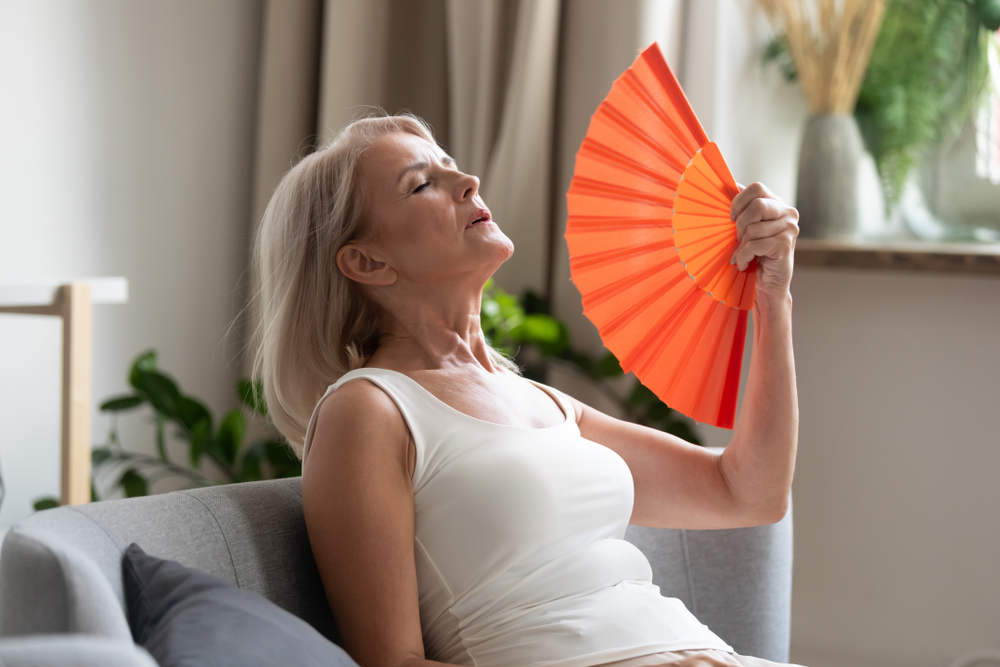
Despite taking over-the-counter sleeping pills, I was still waking up several times a night. It doesn’t take a genius to figure out that sleeping pills do nothing to help with hot flashes and other hormone-related symptoms. I decided I had had enough. Thankfully, I have an amazing gynecologist who recommended this safe, all natural solution I will share with you.
My doctor explained that 80 percent of women my age experience hot flashes and night sweats.2 Therefore, she said, if I wanted to sleep through the night, I needed something that both rebalances estrogen levels and calms the nervous system.
The Therapeutic Power Of Plants That Give You “Sweet Dreams”
That’s when my gyno pulled out from her cabinet two bottles of an essential oil blend called Sweet Dreams. She said that essential oils contain therapeutic compounds from plants that are very powerful.
But with well over 100 commercial essential oils to choose from, you have to be careful about using essential oils during menopause, my gyno warned.
Some essential oils can stimulate your nervous system and make falling asleep more difficult. And some essential oils can make your hormone imbalance even worse.
The 5 Best Plant Extracts For Supporting Deep Sleep And Hormone Balance
The genius of Sweet Dreams is its carefully-crafted, scientifically-backed blend of very specific essential oils. These oils were selected because they have shown to be the most effective for calming the nervous system and supporting estrogen balance.
My doctor told me she thoroughly researched each of the following oils in peer-reviewed medical journals:
Lavender
The most studied essential oil for sleep. One study concluded, “Lavender essential oil increases the quality of sleep and reduces anxiety in intensive care unit patients.”3
Lavender also has estrogenic properties. Estrogen levels decline during the menopausal transition; lavender helps restore that balance.4
Chamomile
Contains the compound, apigenin, which binds to benzodiazepine receptors in the brain, resulting in a profound sense of relaxation. But you don’t have to worry about side effects with chamomile like you do with benzodiazepine drugs. Inhaling the vapor of chamomile oil also lowers the level of a certain stress hormone in your body called ACTH.5
Sweet Orange Oil
Taking a few deep breaths of sweet orange oil puts you in a relaxed, calm state and lowers your heart rate. Research also shows that orange oil reduces sleep disturbances in people who have trouble staying asleep. In one study, lavender, chamomile and orange oil lowered estrogen levels.6,7
Coriander
A study concludes coriander increases total sleep time by “exerting a sedative and hypnotic influence.” Other research shows it activates GABA. GABA is a chemical messenger that relaxes the nervous system.8,9
Juniper Berry
Decreases “fight or flight” stress response. Activates “rest and digest” nervous system. A mixture of oils including lavender and juniper berry was shown to reduce sleep disturbance and improve overall well-being in patients.10,11
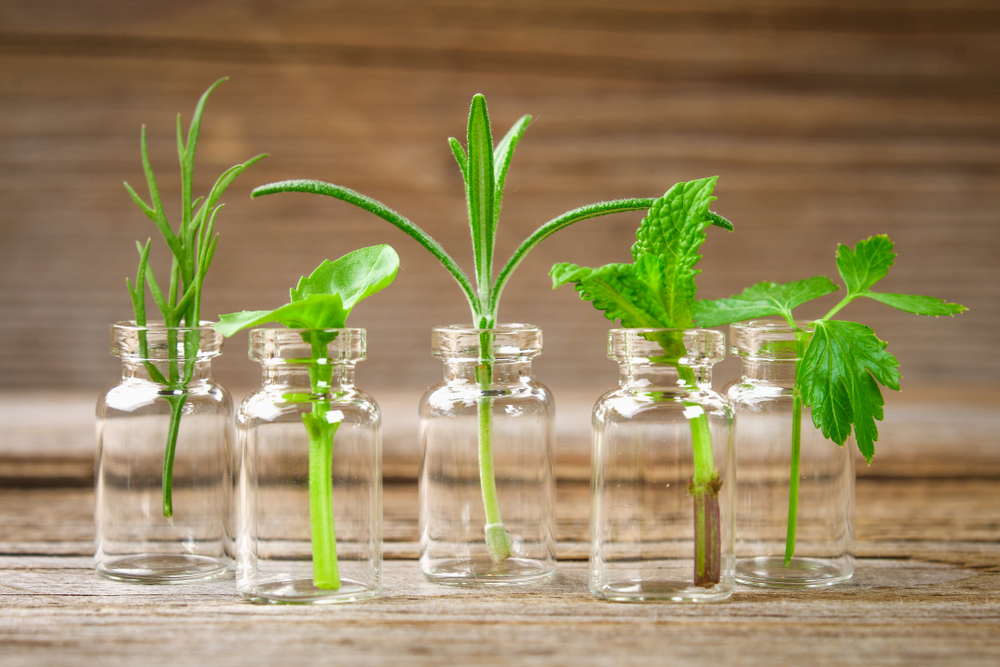
Sweet Dreams: The Most Powerful Plant Extracts For Sleep
I’ am so grateful that I was introduced to Sweet Dreams. The word is getting out and there are now over 75,000 5-star reviews from happy users on the Sweet Dreams website; Sweet Dreams.
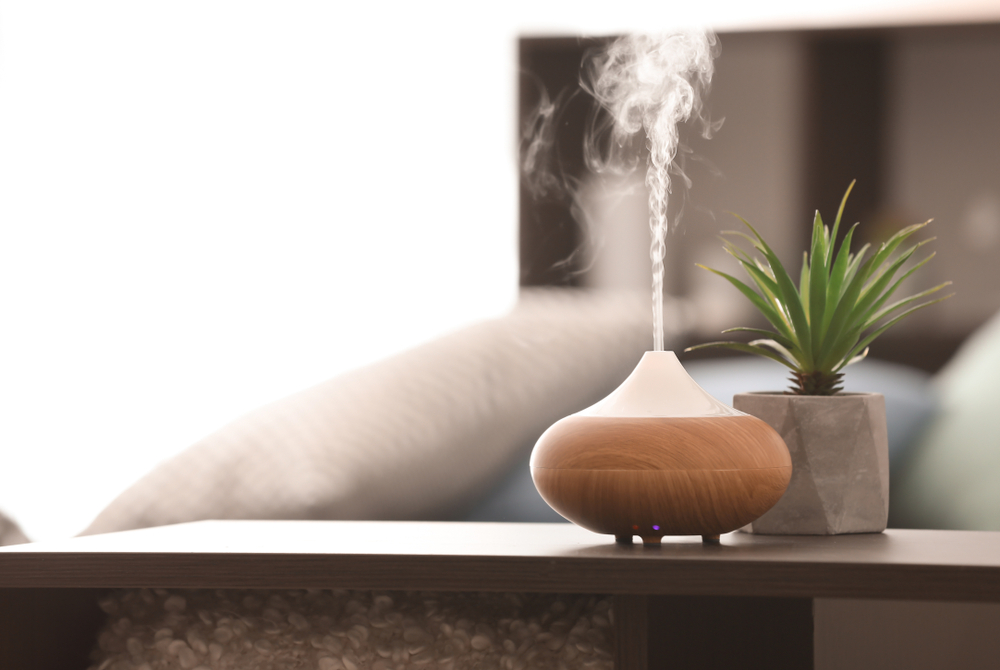 How To Use Sweet Dreams
How To Use Sweet Dreams
- Pour a few drops of Sweet Dreams into a diffuser about 20 minutes before bedtime and let it run through the night in the bedroom.
- Apply the Sweet Dream roll-on bottle directly to your wrists, temples and feet bottoms. Rub in. The roll-on is pre-diluted with virgin coocunt oil for safe topical use. It is safe for all skin types, even my sensitive skin.
TODAY ONLY: SAVE 50% & RECEIVE A FREE BONUS BOTTLE OF SWEET DREAMS
For a limited time only, you can save over 50% -AND- receive 3 free roll-on bottles of Sweet Dreams with your purchase of 3 aromatherapy bottles. Free shipping is also included in today’s special offer.
Just click this link or the coupon below
If you’re approaching menopause, or already there, or still experiencing its side effects long after the transition, you need Sweet Dreams now.
Sweet Dreams is safe and non-habit forming. It’s easy to use, effective and comes with a 60 day happiness guarantee. It’s worked for me and thousands of other women. And it’s guaranteed to work for you too! Please come back and let us know your restults.
References:
1: https://www.ncbi.nlm.nih.gov/pmc/articles/PMC5810528/
2: https://jamanetwork.com/journals/jamainternalmedicine/fullarticle/2110996
3: https://www.ncbi.nlm.nih.gov/pubmed/26211735
4: https://www.ncbi.nlm.nih.gov/pmc/articles/PMC4782146/
5: https://www.ncbi.nlm.nih.gov/pmc/articles/PMC2995283/
6: https://www.ncbi.nlm.nih.gov/pmc/articles/PMC6073409/
7: https://www.ncbi.nlm.nih.gov/pubmed/28326753
8: https://www.ncbi.nlm.nih.gov/pmc/articles/PMC5611612/
9: https://www.ncbi.nlm.nih.gov/pmc/articles/PMC5355817/
10: http://www.bslonline.org/journal/view.html?doi=10.15616/BSL.2017.23.3.286
11: https://www.ncbi.nlm.nih.gov/pmc/articles/PMC3612440/

